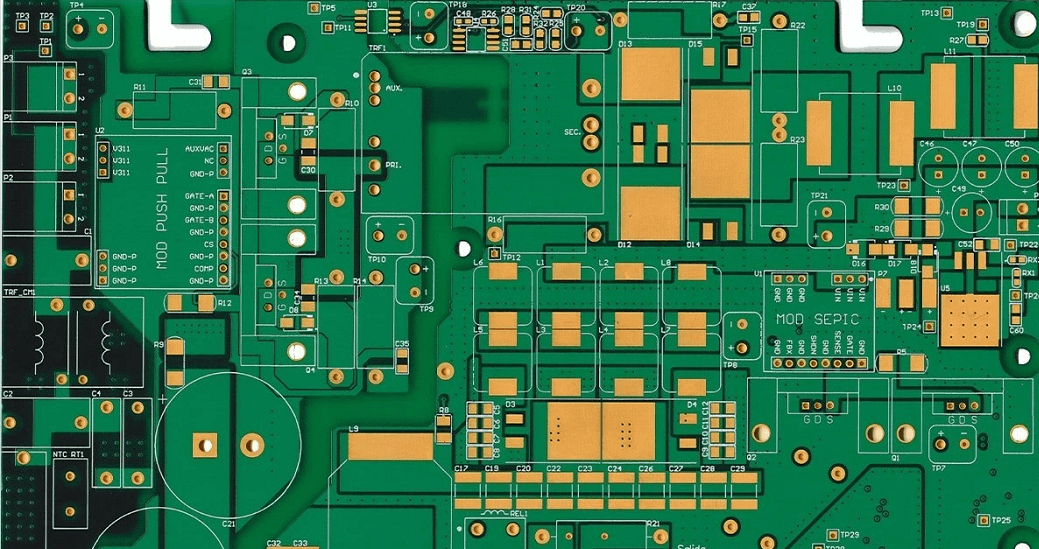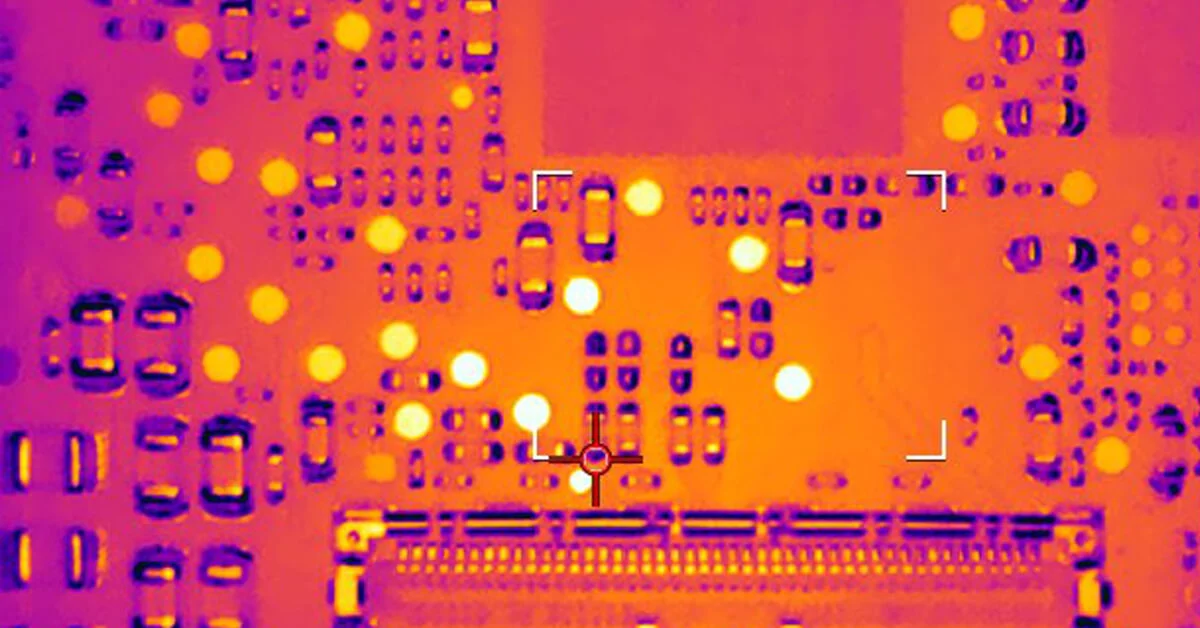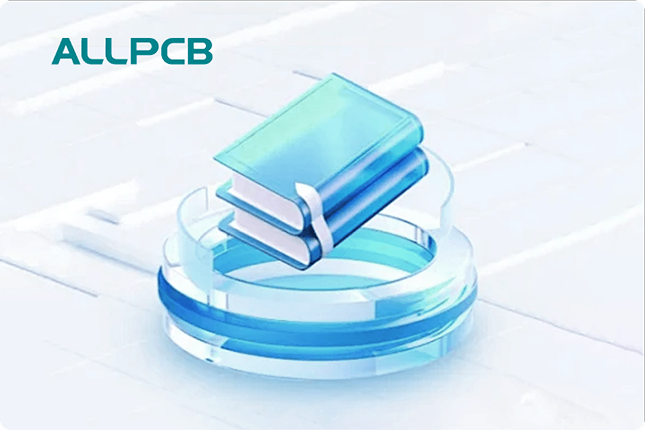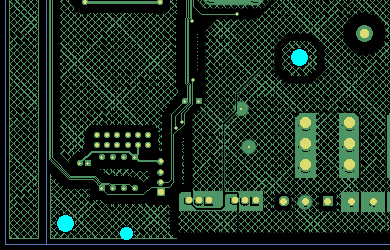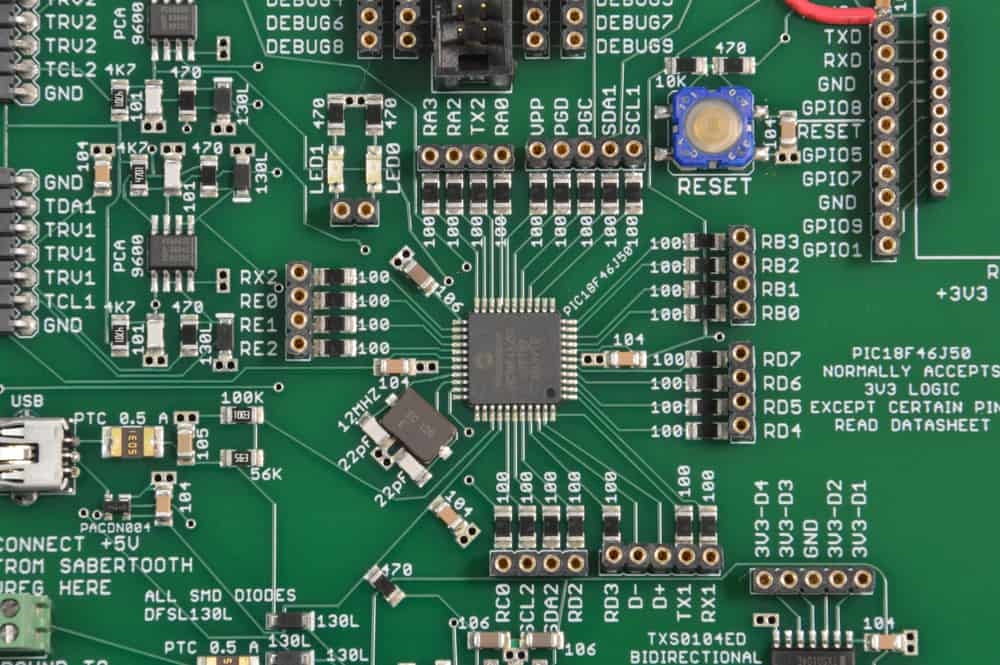When you think of thick copper PCBs, the first thing that often comes to mind is their ability to handle high current loads. While this is a key advantage, there are many hidden benefits that make thick copper PCBs a game-changer in electronic design. From improved mechanical strength to enhanced reliability in harsh environments, these boards offer much more than just power delivery. In this blog, we’ll dive deep into the lesser-known perks of thick copper PCBs, focusing on aspects like mechanical strength, plated through hole reliability, connector reliability, vibration resistance, and impedance control. Let’s explore why these boards are a top choice for demanding applications.
What Are Thick Copper PCBs?
Thick copper PCBs are printed circuit boards with copper layers significantly heavier than the standard 1 oz/ft2 (35 μm thickness) found in most designs. These boards often feature copper weights of 3 oz/ft2 (105 μm) or more, sometimes reaching up to 20 oz/ft2 in extreme cases for high-power applications. While their primary use is to carry large currents and manage heat in power electronics, their unique properties provide additional advantages that go beyond these basics.
Thick Copper PCB Mechanical Strength: Built to Last
One of the standout hidden benefits of thick copper PCBs is their superior mechanical strength. The increased copper thickness adds structural integrity to the board, making it more resistant to physical stress and deformation. This is especially critical in applications where the PCB is subjected to heavy components, frequent handling, or high mechanical loads.
For instance, in industrial equipment or automotive systems, where boards may support large connectors or heat sinks, a thicker copper layer helps prevent cracking or warping. This added durability can extend the lifespan of the PCB, reducing the need for costly replacements. In designs with multiple layers, the thick copper also helps maintain alignment and stability during manufacturing processes like drilling and lamination, ensuring a robust final product.
Practical Example: Consider a power supply unit in an industrial setting. A thick copper PCB with 6 oz/ft2 copper weight can better withstand the mechanical stress of mounted transformers weighing several pounds, compared to a standard 1 oz/ft2 board that might flex or crack under the same load.
Plated Through Hole Reliability: Stronger Connections
Plated through holes (PTHs) are essential for creating reliable electrical connections between layers in a PCB. With thick copper PCBs, the reliability of these through holes is significantly enhanced. The heavier copper plating in the holes provides better conductivity and mechanical stability, reducing the risk of failures like cracking or delamination during thermal cycling or mechanical stress.
In standard PCBs, repeated temperature changes can cause the copper in PTHs to expand and contract, leading to micro-cracks that disrupt connectivity. Thick copper mitigates this issue by offering a more robust structure that can endure thermal stress. This is particularly valuable in high-power applications where heat dissipation is a constant concern, as well as in environments with fluctuating temperatures, such as aerospace or automotive systems.
Numerical Insight: A study on PCB reliability indicates that PTHs with copper plating thickness above 1.2 mils (30 μm) show a 40% lower failure rate under thermal stress compared to thinner plating at 0.8 mils (20 μm). This demonstrates the tangible benefit of thicker copper in maintaining long-term reliability.
Connector Reliability PCB: Secure and Stable Interfaces
Connectors are often the weak link in a PCB design, especially in high-current or high-stress applications. Thick copper PCBs improve connector reliability by providing a stronger foundation for mounting and soldering connectors. The increased copper thickness ensures better adhesion and reduces the risk of pad lifting or solder joint failure, even under heavy electrical or mechanical loads.
This benefit is crucial in applications like server power supplies or industrial control systems, where connectors must handle frequent plugging and unplugging or sustain high current without degrading. The robust copper layer also helps distribute stress more evenly across the board, preventing localized damage around connector points.
Practical Example: In a telecommunications base station, a thick copper PCB with 4 oz/ft2 copper weight can support heavy-duty power connectors without risking pad damage, ensuring stable performance over thousands of connection cycles.
Vibration Resistance PCB: Standing Up to Harsh Environments
Vibration is a major concern in applications like automotive, aerospace, and industrial machinery, where PCBs are exposed to constant movement or shock. Thick copper PCBs offer excellent vibration resistance due to their enhanced mechanical strength and structural rigidity. The thicker copper layers reduce flexing and dampen the impact of vibrations, protecting components and solder joints from damage.
This resistance is especially important for boards with heavy components or those mounted in rugged environments. By minimizing the risk of cracks or loose connections, thick copper PCBs ensure consistent performance even under challenging conditions. This makes them ideal for use in electric vehicle powertrains, where vibration from road conditions is a constant factor, or in military equipment subjected to extreme shocks.
Numerical Insight: Testing data shows that PCBs with copper weights of 5 oz/ft2 or higher can withstand vibration levels up to 20G (gravitational force) without component failure, compared to standard 1 oz/ft2 boards that often fail at 10G or below.
Impedance Control Thick Copper PCB: Precision in Signal Integrity
While thick copper PCBs are often associated with power applications, they also play a critical role in maintaining signal integrity through impedance control. Impedance mismatches can cause signal reflections, leading to data loss or noise in high-speed circuits. Thick copper layers allow for wider traces with lower resistance, which helps achieve precise impedance values while still carrying high currents.
In high-frequency designs, such as RF communication devices, controlling impedance is vital for minimizing signal distortion. Thick copper PCBs enable designers to balance the need for low-resistance power delivery with the requirements of controlled impedance, ensuring stable performance across a wide range of frequencies. Additionally, the increased copper thickness can reduce signal loss by minimizing skin effect losses at higher frequencies.
Numerical Insight: For a 50-ohm impedance trace in a high-frequency design, a thick copper PCB with 3 oz/ft2 allows for a trace width of approximately 0.12 inches (3 mm) on a standard dielectric, compared to a narrower 0.05 inches (1.27 mm) on a 1 oz/ft2 board, reducing resistance and improving signal quality.
Thermal Management: A Bonus Benefit of Thick Copper
Although the focus of this blog is on hidden benefits, it’s worth mentioning that thick copper PCBs excel in thermal management, which ties into many of the advantages discussed. The increased copper mass acts as a heat sink, efficiently dissipating heat away from critical components and reducing the risk of overheating. This not only enhances reliability but also supports the mechanical and electrical stability of the board under high temperatures.
In applications like LED lighting or motor controllers, where heat generation is significant, thick copper ensures that thermal stress doesn’t compromise plated through holes, connectors, or overall board integrity. This thermal advantage complements the mechanical and electrical benefits, making thick copper PCBs a comprehensive solution for challenging designs.
Applications That Benefit from Thick Copper PCBs
The hidden benefits of thick copper PCBs make them ideal for a wide range of industries and applications. Some key areas include:
- Automotive Electronics: Enhanced vibration resistance and connector reliability for electric vehicle power systems and control units.
- Industrial Equipment: Superior mechanical strength and thermal management for heavy-duty machinery and power supplies.
- Aerospace and Defense: Reliable plated through holes and vibration resistance for mission-critical systems in harsh environments.
- Telecommunications: Precise impedance control for high-frequency signal integrity in base stations and networking equipment.
- Renewable Energy: Robust design for solar inverters and wind turbine controllers that require high current and durability.
These examples highlight how the unique properties of thick copper PCBs address specific challenges across diverse fields, proving their versatility beyond just current carrying capacity.
Design Considerations for Thick Copper PCBs
While the benefits are clear, designing with thick copper requires careful planning to maximize performance. Here are a few tips to keep in mind:
- Copper Weight Selection: Choose the appropriate copper thickness based on current needs, thermal requirements, and mechanical stress. For example, 3-6 oz/ft2 is often sufficient for most high-power applications, while extreme cases may require 10 oz/ft2 or more.
- Trace Width and Spacing: Ensure wider traces and adequate spacing to handle high currents and maintain impedance control, especially in high-frequency designs.
- Thermal Analysis: Use simulation tools to predict heat distribution and ensure the copper thickness effectively manages thermal loads.
- Manufacturing Capabilities: Work with a manufacturer experienced in handling thick copper to avoid issues like uneven plating or lamination defects during production.
By addressing these factors, designers can fully leverage the hidden benefits of thick copper PCBs while ensuring a reliable and efficient final product.
Conclusion: Why Thick Copper PCBs Are Worth the Investment
Thick copper PCBs are far more than just a solution for high-current applications. Their hidden benefits, including exceptional mechanical strength, plated through hole reliability, connector reliability, vibration resistance, and impedance control, make them a powerful choice for a wide range of demanding designs. Whether you’re working on automotive systems, industrial equipment, or high-frequency telecommunications, these boards provide the durability and performance needed to succeed in challenging environments.
By understanding and utilizing these advantages, engineers can create more robust, reliable, and efficient electronic systems. The next time you’re designing a PCB for a tough application, consider the broader value of thick copper—it might just be the key to unlocking superior performance and longevity in your project.
 ALLPCB
ALLPCB


